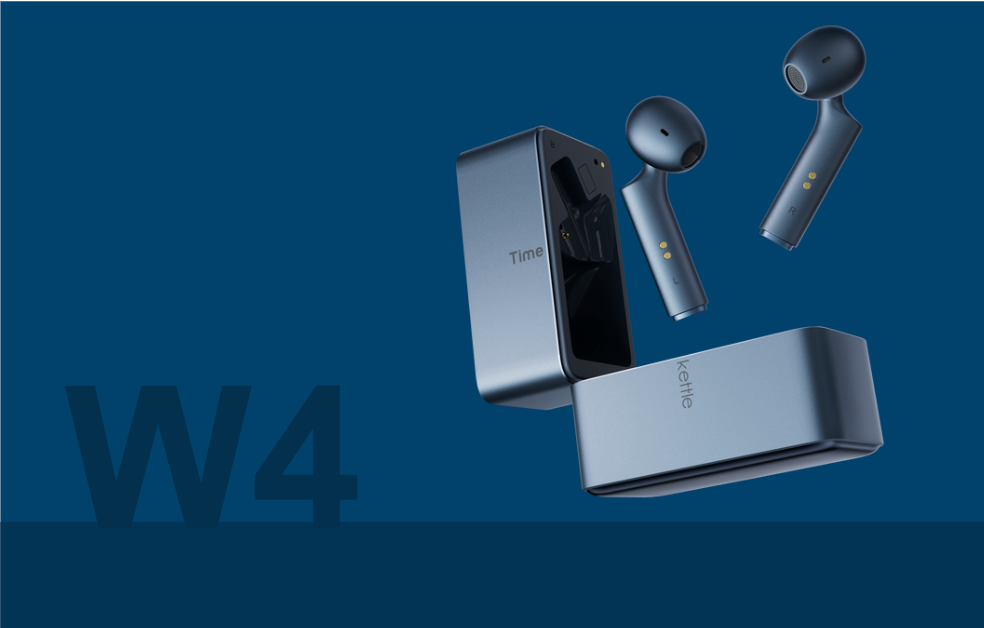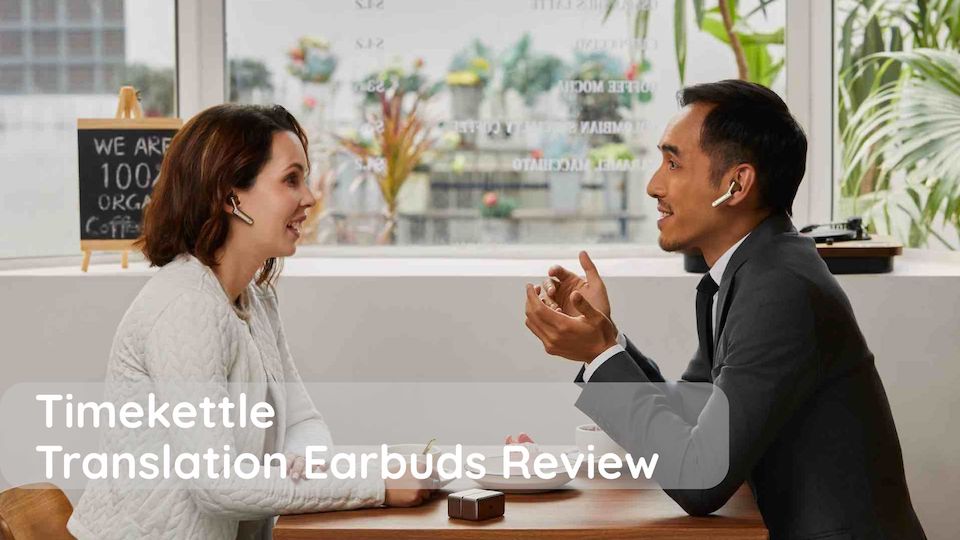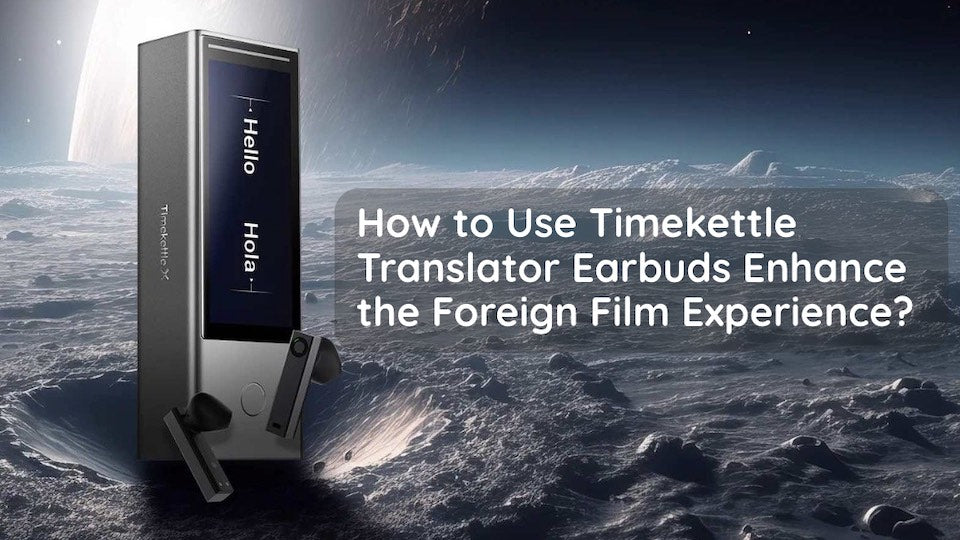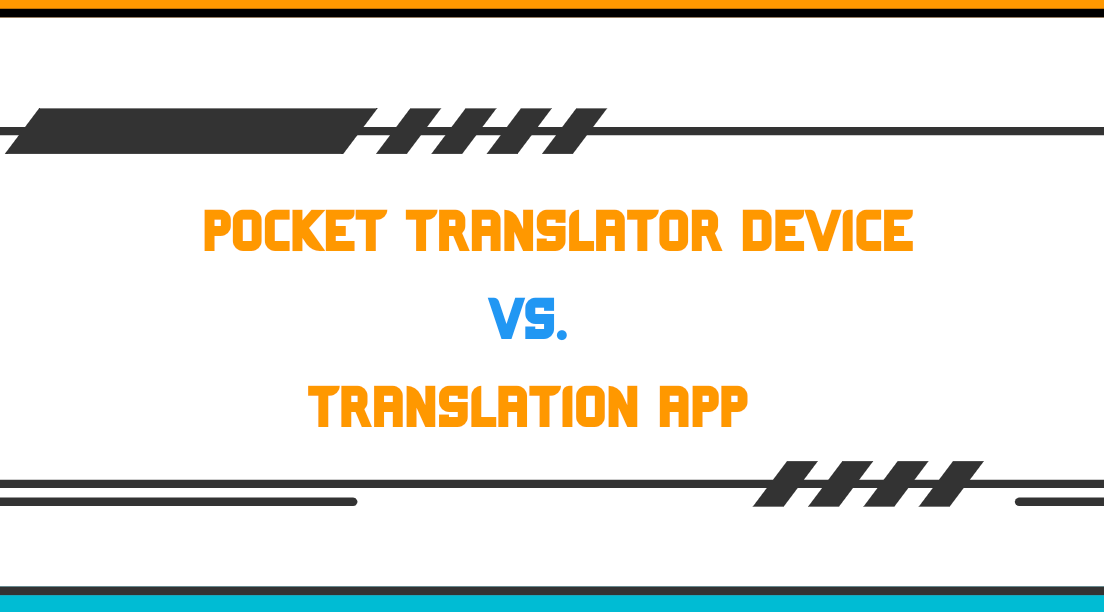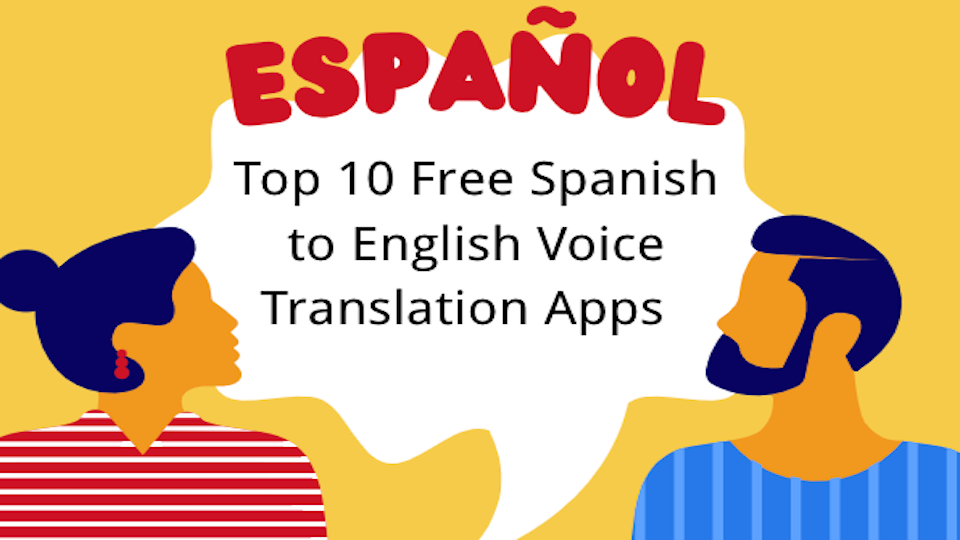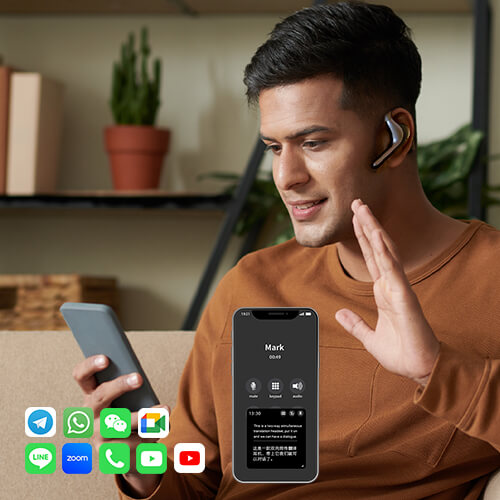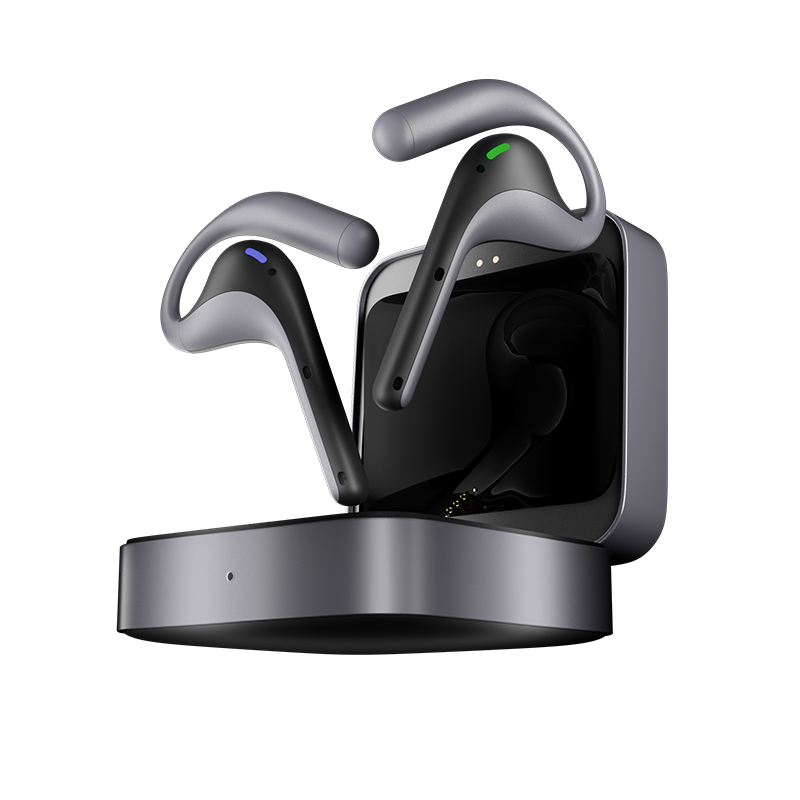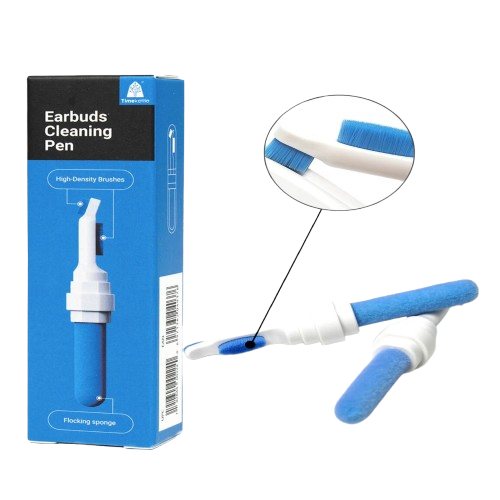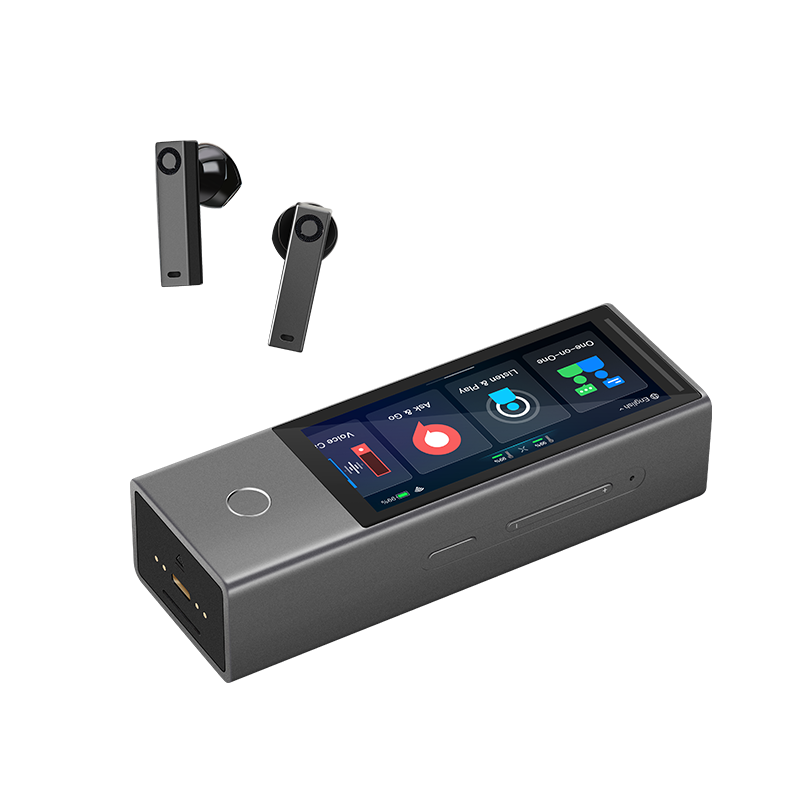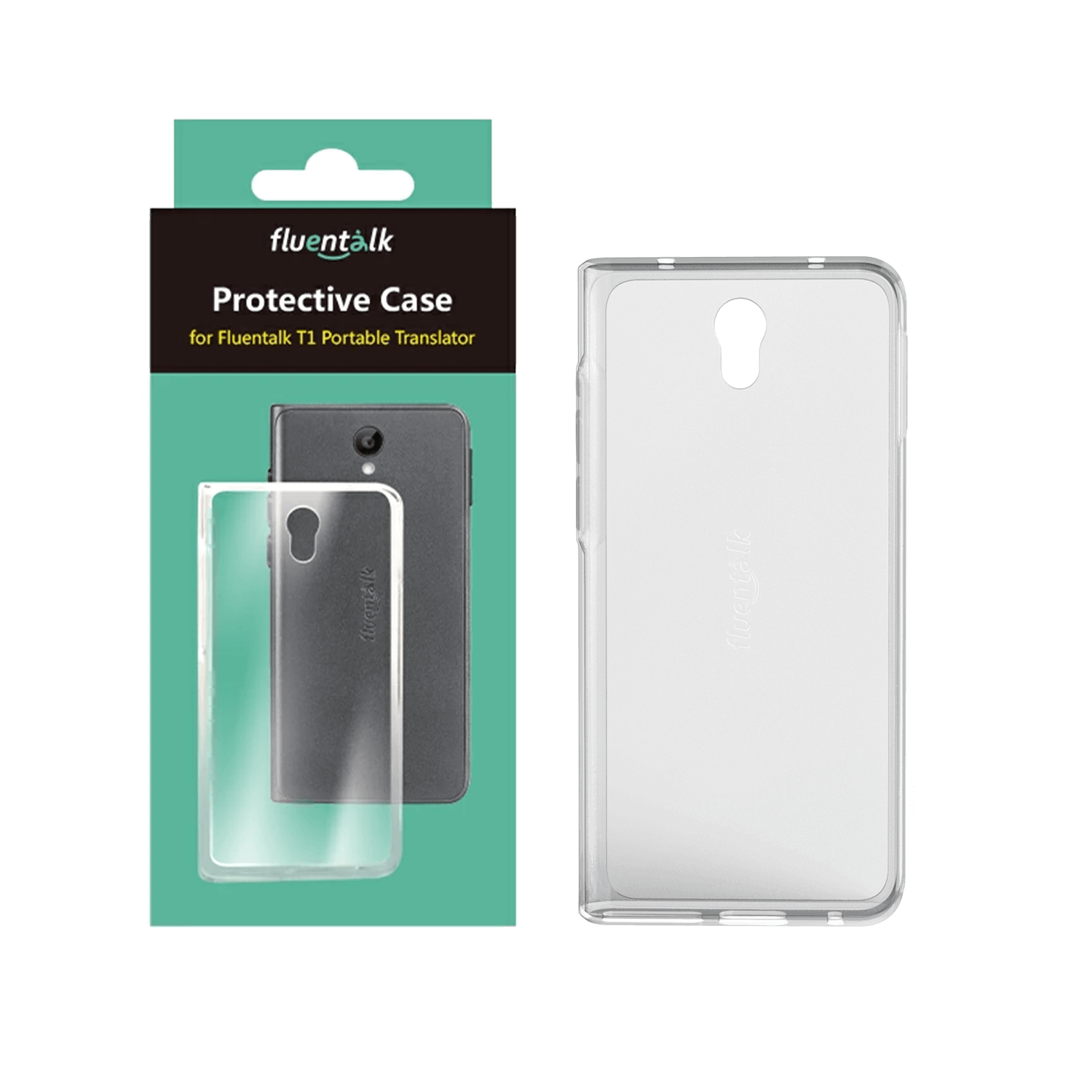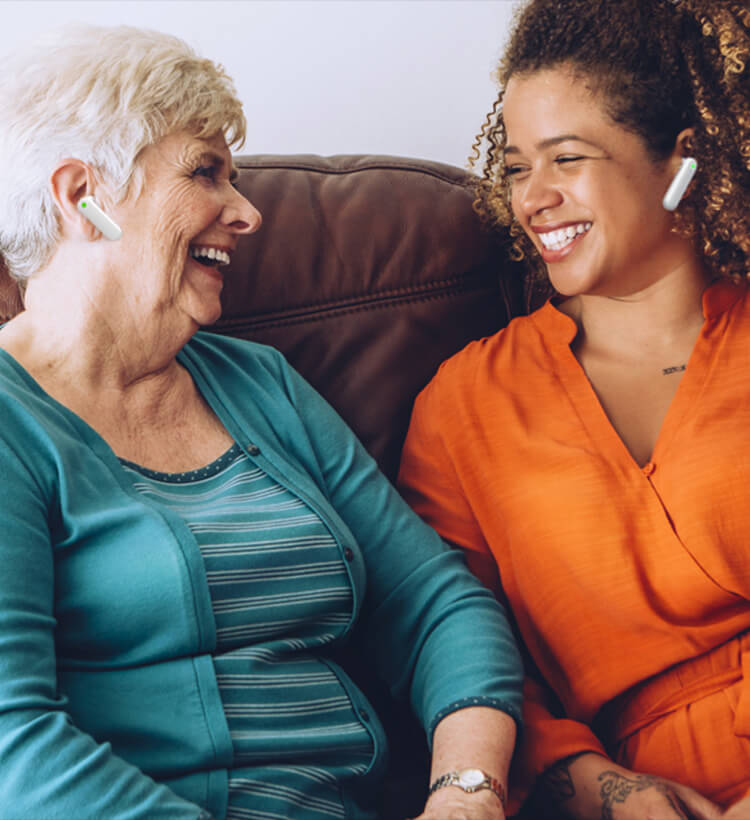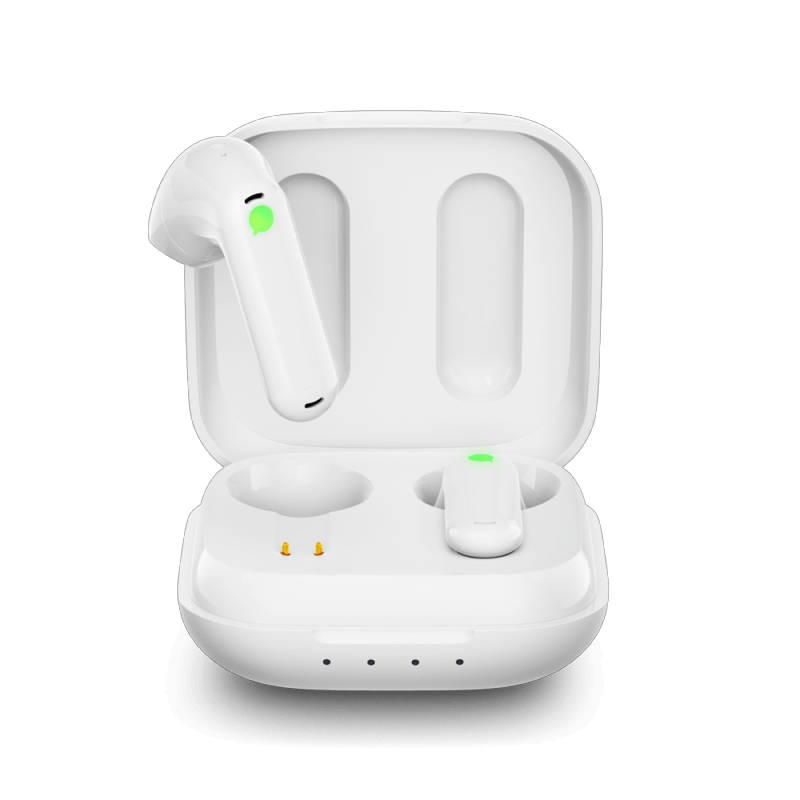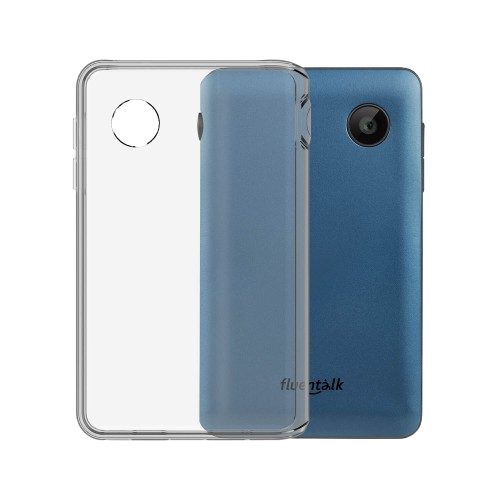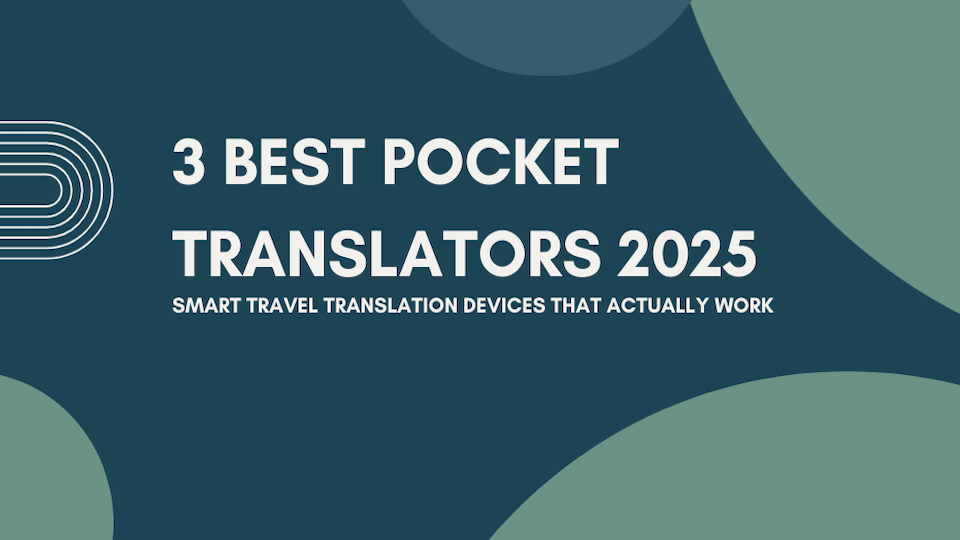
3 Best Pocket Translators 2025: Smart Travel Translation Devices That Actually Work
Language barriers while traveling just got broken down. Whether you’re ordering food in Tokyo, asking for directions in Barcelona or handling an emergency in Prague the right pocket translator can turn your travel experience from stressful to stress free.
Pocket translators have changed the way we communicate abroad. These dedicated devices give lightning fast, accurate translations that make smartphone apps look like toys. After testing dozens of translation devices across multiple countries and languages I’ve found which ones actually deliver on their promises.
Unlike your phone’s built-in translator or translation APP, these devices work offline, handle accents better and won’t drain your phone battery when you need it most. They’re designed for one purpose: to help you communicate clearly and confidently no matter where your travels take you.
How Modern Pocket Translators Actually Work
Today’s pocket translators look like small smartphones but do one thing: instant language translation. They have a built-in SIM card or connect the network so you can stay connected anywhere, some are supported offline mode.
It’s surprisingly easy. Choose your language pair (e.g. English to Arabic), speak into the device and wait 2-3 seconds for the translation. The device displays text on screen and speaks the translation in your target language.
Modern translators access multiple online translation engines at once and compare results to give you the best translation possible. This beats single source translation apps on your phone.
Most current models support 40+ languages and work offline for basic phrases but internet connection gives you the best results.
Quick Overview: Top Pocket Translators for 2025
Here are my top picks after extensive real-world testing:
Best Overall: Timekettle New T1 - Lightning-fast offline translation and robust design
Best Value: Timekettle T1 mini - Compact and affordable with solid features
Best for Discretion: Timekettle X1 - Wireless earbuds for seamless conversations
Each device excels in different situations, so your choice depends on your specific travel needs and communication style.
The Best Travel Translators: Detailed Reviews
I’ve used these devices on trips to Spain, Japan and Germany to order food, ask for medical help and more. Here’s what actually works in real life.
Best Overall: Timekettle New T1 Translation Device

Price: $299.99 | Languages: 43 total (43 voice-to-voice, 96 accents)
The Timekettle New T1 is the best because it delivers amazing performance with its AI Edge model for offline translation. This tiny device can handle 42 languages with two-way voice translation and 95 accents, perfect for global travel.
What makes it special:
-
Lightning-fast responses: Translations in 0.2 seconds, even offline
-
Crystal-clear audio: Dual speakers deliver loud, clear translations
-
Two years of global data: No monthly fees for two years, plus Wi-Fi and hotspot support
-
Photo translation: 8MP camera translates signs and menus in 39 languages
I tested the Timekettle New T1 in Barcelona and it handled casual restaurant conversations and complex directions from locals with ease. The AI intelligent network sensing switched seamlessly between online and offline modes and worked perfectly even in spotty network conditions. It recognized my American accent and delivered natural sounding Spanish that locals understood immediately.
Minor drawbacks: 4-inch touchscreen can be finicky with wet fingers and offline language packs (31 pairs) require 250-350 MB of storage each (Total 32G) which can fill the 32GB storage quickly if multiple packs are downloaded.
Best Value: Timekettle T1 mini Smart Translator

Price: $149.99 | Languages: 43 languages & 96 accents
The Timekettle T1 mini is a great value with its small size and many features. It supports 43 languages for voice translation with 96 accents and fits in your palm.
Standout features:
-
Pocket-sized portability: Weighs only 85g, the size of a credit card
-
Intuitive interface: 2.8-inch touchscreen is easy to navigate
-
One year of global data: Free for the first year, with Wi-Fi and hotspot options
-
Photo translation: 5MP camera translates text in 43 languages
In Tokyo, the Timekettle T1 mini handled Japanese honorifics and formal language structures with ease. The big screen was great to show translations to elderly locals in markets and train stations. The one-button voice translation was super quick and easy for short interactions.
Considerations: It’s less powerful than the New T1, with slower offline translations (>2 seconds) and only 13 offline language pairs. The camera has trouble with handwriting recognition and noisy environments can affect accuracy.
Translator Earbuds Option: M3 Language Translator Earbuds

Price: $149.99 | Languages: 43 supported (43 voice-to-voice, 96 accents)
Timekettle’s M3 Translation Earbuds aren’t just for breaking language barriers, they also work as everyday Bluetooth earbuds for music and calls. Effortlessly switch between functions and enjoy all-in-one convenience, anytime, anywhere. So it's also the great choice of pocket translators.
Why they’re unique:
-
Wireless freedom: No device to hold, just wear the earbuds
-
Share with others: Give one earbud to your conversation partner for two-way translation.
-
Natural conversations: Translations play directly in your ear for seamless dialogue
I used the Timekettle M3 during a business dinner in Munich and it worked great with my German colleagues. The. translation while keeping the conversation flow felt less intrusive than a handheld translator on the table.
Limitations: No camera translation, Background noise can sometimes affect translation accuracy, so best to use in quiet environments.
What to Consider When Buying a Pocket Translator?
After years of using translation devices, I’ve found these to be the key points for real-world use.
Language Support That Actually Works
Numbers can be deceiving. Some devices claim to support 100+ languages but only offer basic translation for many of them. Focus on these:
- Voice-to-voice capability: Ensure your target languages support two-way speech translation
- Dialect recognition: Devices should handle regional accents and variations
- Offline functionality: Critical for remote areas without internet access
I’ve learned 20 well-supported languages beat 100 poorly-supported ones every time.
Reliable Internet Connectivity
Most translation devices need internet for accurate results. Here’s what to look for:
- Built-in data plans: Devices with included global data eliminate connectivity worries
- WiFi backup: Essential when cellular coverage is spotty
- Offline modes: Basic translation capabilities without internet access
The best devices offer multiple connection options so you’re never speechless.
Battery Performance in Real Conditions
Manufacturer battery claims are never accurate. Based on my testing:
- Active use: Minimum for full-day travel without charging
- Quick charging: Essential when you're always on the move
- Power-saving modes: Extend battery life during long trips
I always carry a portable charger but the best translators don’t need it for daily use.
Data Costs and Coverage
Hidden data fees can turn cheap translators into expensive ones quickly. Consider:
- Included data plans: Look for at least 2 years of free global coverage
- Coverage areas: Ensure the plan works in your destination countries
- Post-plan pricing: Understand renewal costs after free periods expire
The devices I recommend have plenty of data to cover most travelers.
How I Tested These Translation Devices

I didn’t just read the specs to review these devices. I used them in real-world scenarios across multiple countries and languages.
Real-World Testing Scenarios
I put each translator through practical situations every traveler faces:
- Restaurant ordering: Complex menu items and dietary restrictions
- Transportation help: Getting directions and booking tickets
- Emergency situations: Medical terms and urgent assistance requests
- Social interactions: Casual conversations with locals
Each device was tested with native speakers to verify translation accuracy and naturalness.
Evaluation Criteria
I evaluated each device based on what matters most to travelers:
- Translation accuracy: How well it handles context and nuance
- Speed: Response time from speech to translation
- Audio quality: Clarity of both input recognition and output speech
- Ease of use: How quickly strangers can understand the interface
- Durability: Performance after drops, moisture, and extended use
Expert and User Feedback Integration
In addition to my personal opinions, I analyzed customer reviews, combined reviews from top bloggers and consulted with professional interpreters to understand the long-term performance of devices. This way my recommendations cover different travel styles and communication needs.
Conclusion
The right pocket translator turns travel from a series of communication headaches into a breeze. Whether you choose the New T1, the T1 Mini or the Timekettle X1, you’ll find language barriers don’t have to hold you back.
These devices have saved me from many awkward situations and opened doors to people I never could have communicated with otherwise. The investment pays for itself the first time you need help in a foreign country.
Ready to break down language barriers? Start with the Timekettle New T1 for the best overall experience or the Timekettle T1 Mini if you want a cheaper one. For discreet conversations the Timekettle X1 are unbeatable.
Frequently Asked Questions
Do pocket translators work better than Google Translate on phones?
Yes, pocket translators outperform phone apps because they are optimized for translation. They handle accents better, work faster and don’t drain your phone battery. Plus they work in areas with no cellular coverage where phone apps fail.
Can these devices work without internet connection?
Most modern translators need internet for full functionality but many offer basic offline translation for common phrases. The Timekettle New T1 and T1 Mini have global data plans (24 months free plan) so connectivity is rarely an issue while traveling.
How accurate are pocket translators for complex conversations?
Current translation technology handles everyday conversations very well, including context and basic idioms. However, highly technical discussions, poetry, or complex cultural references may still require human interpretation. For typical travel needs, accuracy is excellent.
Are translation devices worth buying if I already have a smartphone?
Absolutely. Dedicated translators offer several advantages: they don’t drain your phone battery, work more reliably in poor network conditions, have better microphones for noisy environments and provide a more natural conversation flow since you’re not constantly looking at your phone.
Which languages are best supported by pocket translators?
Major languages like Spanish, French, German, Japanese, and Mandarin Chinese typically receive the best support with natural-sounding translations. Less common languages may have more basic translation capabilities, but coverage is constantly improving as the technology advances.
